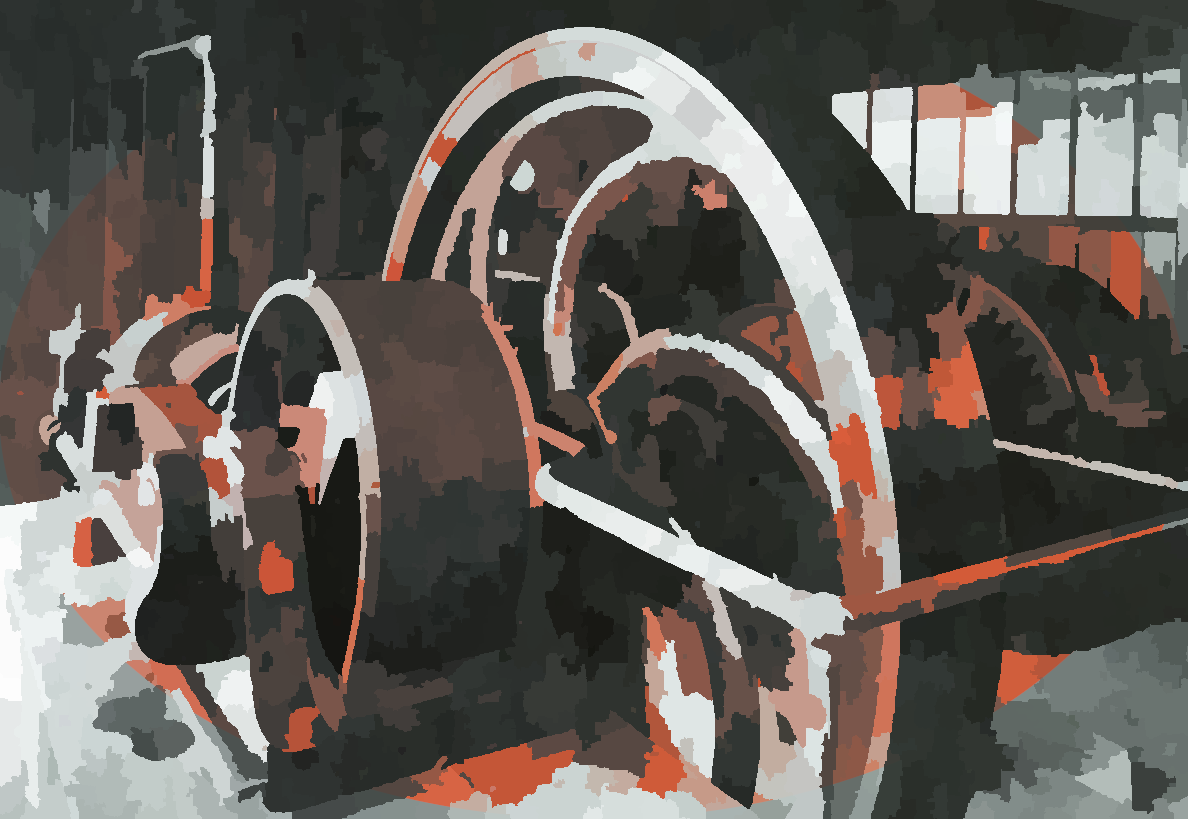|

Thousands of
years ago man knew about electricity, but not enough to do anything
positive with the curiosity. It would not be until electricity could be
applied to lighting, that it would become commercially important, and
traded, just as oil lamps made whalers rich from whale-oil, consigning
candles to the emergency cupboard. Gas lamps too would be displaced,
where electric lighting was safer and brighter. Then came Light Emitting
Diodes (LEDs), solar panels and wind turbines.
BATTERY
HISTORY
In 1801 Alessandro Volta
invented his ‘Pile,’ a series of copper and zinc discs interleaved with moist cloth, to form an electric battery.
Volta’s ‘Pile’ was a Primary Cell. A primary cell is one where the metals are used up in a chemical exchange, which releases energy – generally they cannot be recharged.
They have to be replaced.
A secondary cell, uses a chemical reaction which is reversible. By putting
electricity into a secondary cell at a higher voltage, the cell can store energy chemically, which can later be drawn out when needed. Secondary cells were called accumulators in the early days, because they accumulated a charge. The Lead-Acid cell is one of the most common accumulators or batteries generating just over two volts per cell, hence there are six cells in series in a twelve volt car battery. The term battery is now common for any cell, but in fact it denotes a number of cells joined in series to form one unit, after the batteries of artillery units formed of a number of cannons.
In 1859, Gaston Planté invented the lead–acid battery, the first-ever battery that could be recharged by passing a reverse current through it. A lead-acid cell consists of a lead anode and a lead dioxide cathode immersed in sulfuric acid. Both electrodes react with the acid to produce lead sulfate, but the reaction at the lead anode releases electrons whilst the reaction at the lead dioxide consumes them, thus producing a current. These chemical reactions can be reversed by passing a reverse current through the battery, thereby recharging it.
Planté's first model consisted of two lead sheets separated by rubber strips and rolled into a spiral. His batteries were first used to power the lights in
stationary train carriages at stations. In 1881, Camille Alphonse Faure invented an improved version that consists of a lead grid lattice into which is pressed a lead oxide paste, forming a plate. Multiple plates can be stacked for greater performance. This design is easier to
mass-produce, and is in common use today.
For example, we use lead-acid batteries of the lattice design in cars for starting petrol engines. After starting, the engine turns a generator to recharge the battery for the next time the engine needs starting. It is ironic that the invention of the electric starter motor for internal combustion
(IC) engines saw the demise of the early electric cars in favour of petrol
engines, that belch carbon monoxide, a greenhouse gas. A real pity, as
IC engines are partly responsible for global warming of the planet,
leading to climate change, that heats
up the ocean and melts ice caps. Also creating deserts
from previously arable farm land. The sooner fossil fueled vehicles
are removed from the roads as ordinary transport, the better. Though, it
is possible to operate IC engines on methanol
and hydrogen,
when they are clean burning, like the JCB
hydrogen diesels.
In
2023 we are at the start of the transition to zero emission electric
vehicles, which has seen the development of lithium based batteries
on a large scale. This had made it possible to install giant energy
banks all over Europe, one of the biggest up to 2022, being in
Yorkshire.
In early electricity generating, municipal, plants, electricity was not
normally stored in banks of batteries, meaning that the steam or gas engines
had to run noisily at night. Conversely, in rural plants and private
houses, electricity would be supplied to houses for lighting at night,
via battery banks of sufficient capacity to cope with demand, until the engines were started
the next day to once again recharge the batteries, for the following
night. The batteries also acted as a regulator to smooth the flow of electricity to some extent.
Such as when the bakery in the village was baking, and the generator
could not cope with peak demands.
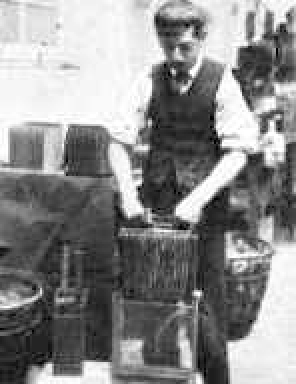
Early
lead-acid batteries were serviceable, the reason why Shed Three had an
internal drain built in, to allow washing down the floor to remove any
spilt sulfuric acid.
Even by modern standards, the development of accumulators between 1888 and 1919 had produced a large number of designs, as manufacturers competed to supply cells that were easy to maintain and could offer cost effective operation.
We live in the disposable age and cannot imagine taking a battery apart for servicing. Whereas, it was commonplace to lift out the lead plates and remove the sediment of dislodged lead particles, to extend the operating life of individual cells. Solder repairs to broken terminals came under the heading of regular maintenance.
Cells were arranged in banks on wooden supports to form batteries of cells. That is where the term battery comes from. The casing of cells were of sturdy glass. Each glass case would be balanced on pairs of mushroom shaped glass discs, to give a clear airspace between casing and timbers.
It was not usual for a country estate to run generating machinery night and day. This was why a battery store was required. During the day, the generating motors would provide electricity directly to
a large manor house. During the night, when the engines were stopped, lighting current was provided silently by the battery
store. These would not be very large. Less electricity is used at night, so this system worked well. For example, at
Bateman’s, Burwash E. Sussex,
Rudyard Kipling installed a small water-turbine powered dynamo, which charged a battery store in 1902 sufficient to supply 10 light bulbs. Kipling used the limited electricity capacity only for his private night lighting.
The
generating works at Herstmonceux was unusual in that the battery store,
comprising of about one third of the industrial complex, large enough to
power the whole village. And that is the difference, between private and
public supply; the size of the installation, proportional to the demand.
The cost of each unit of electricity supplied in this way had to include for the depreciation and maintenance of the accumulators. Whereas, with modern power
stations from 1900 to 2020, it was more cost effective to run through the night using low cost inducement to U.K. customers; excess power being offloaded across the Channel to Europe.
£Millions of pounds were paid to renewable energy producers to switch
off wind turbines, when the grid could not accept the load.
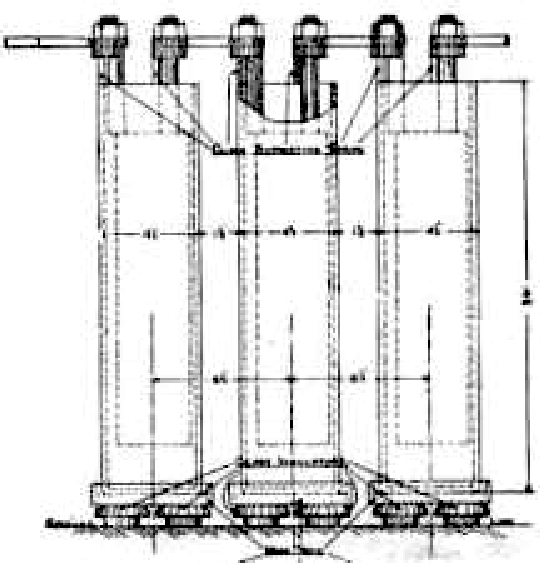
Diagram
revealing glass cup supports
Modern
batteries can be very much larger that Volta's Pile, typically made of
lithium, cobalt, and polymers. These batteries not only power EVs, but
also store electrical energy in bulk, to stabilise the National
Grid, to
provide load levelling, just like at the Generating Works at
Herstmonceux. The municipal works at Herstmonceux is thought to be the world's first stabilized municipal supply, and the
only example remaining, anywhere in the world, as a cultural and
education resource, of man and technological innovation in action.
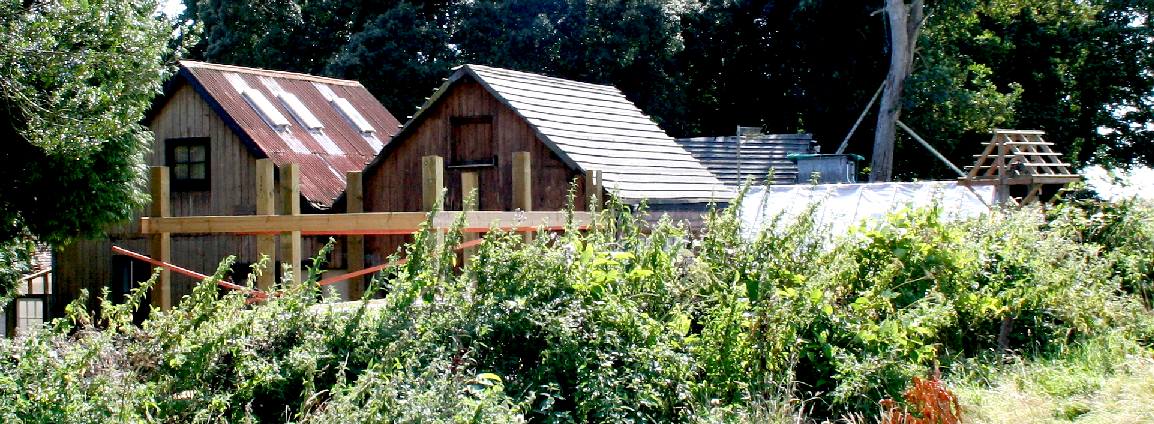
A
hive of local activity, in the Sussex backwater of Herstmonceux. The
driver from all of this was electric lighting, to replace candles and
gas lighting.
The
machinery at Herstmonceux Generating Works was gas powered in its final
guise. The gas coming from heating coal. Hence, the sizeable brick built
bunker, convenient to shed number three, adjacent to where the (town) gas maker plant
was installed. The complex is interesting because it not only generated
electricity, but stored it in Shed number One, a room filled with rows
of large
glass lead-acid batteries on wooden frames, balanced on small glass
cups, or bowls. The battery store had sufficient capacity to provide electric
lighting and cooking to the whole village overnight, by 1913.
Only
now, in the last couple of years, have utilities realised that they need
battery storage to stabilise the National Grid. There is now a move to
install load levelling banks in the UK and in Europe, with one such
installation just a few miles from Herstmonceux, at Ninfield.
EUROPEAN
ASSOCIATION FOR STORAGE OF ENERGY (EASE)
Energy storage is an essential enabler of the energy transition. In the past decades, Europe has shifted from an energy system dominated by centralised
fossil fuel generation that can be dispatched to match energy consumption at all times, to a system with more and more renewables, seeking to meet their Green Deal objectives.
Energy storage technologies allow us to store excess energy and discharge it when there is too little generation or too much demand. They provide flexibility at different time-scales – seconds/minutes, hours, weeks, and even months.
Storage can help consumers increase their own consumption of solar electricity, or to generate value by providing flexibility to the system.
Industrial consumers can install storage to reduce consumption peaks, and to provide back-up power if there is a black-out, exactly as in Herstmonceux from C.1900. Battery or hydrogen storage provides a safety net, also helping defer costly investments in transmission and distribution infrastructure. So, extending the lifetime of existing assets and helping grids function more efficiently.
Energy storage deployment could facilitate the roll-out of very fast charging infrastructure for electric vehicles, particularly in areas with weak grids.
European Association for Storage of Energy
Avenue Adolphe Lacomblé 59/8
1030 Brussels
tel. +32.2.743.29.82
email. info@ease-storage.eu
web. https://ease-storage.eu/
EU'S INDUSTRY RESEARCH
& ENERGY TECHNOLOGY COMMITTEE (ITRE)
On
the 19th of July 2023, the European Parliament, through its ITRE (Industry Research & Energy) Committee, backed a deal to support non-fossil flexibility and energy storage, ahead of trilogue negotiations on
Electricity Market Design.
The Parliament’s position introduced a range of new provisions to support the deployment of flexible technologies, such as energy storage.
When implemented, Member States would have the powers to set up non-fossil flexibility support schemes, which provide energy storage as a solid business case.
EU countries must now assess the flexibility needed in the electricity
supply system to deploy further sources of renewable energy in line with 2030 climate goals, and set a national objective for energy storage. The Commission will also introduce a Strategy for Energy Storage from 2025, to ensure a
harmonized approach across the EU.
Members of Parliament rejected attempts to allow for further subsidies to prop-up coal through capacity
mechanisms: "In the future, we hope to see stricter CO2 emissions limits implemented to ensure swift decarbonisation of back-up power and the uptake of energy storage.”
CHAPTERS
|
The Industrial
Revolution
|
|
|
Electricity and Magnetism
- Electric
Lighting Acts 1882 - 1909
|
|
|
Let there be light,
glass bulbs to LEDs
|
|
|
Public supply
|
|
|
Rural supply
|
|
|
Lime Park
|
|
|
Generating station 1982/3
|
|
|
Generating station – Power House,
36 hp National Gas engine
|
|
|
Honeysett
Brothers - Electric Bakers & Confectioners, Gardner Street
|
|
|
Flour
from the millers at Windmill Hill (Trust), tallest post
windmill, UK
|
|
|
Archaeology – Machinery
|
|
|
Archaeology – Boiler Room
|
|
|
Archaeology – Batteries
|
|
|
Stabling,
horses, carriages & blacksmiths - The Old Rectory
- conversion
|
|
|
Sussex Express & Kent Mail Oct 1913
- cooking demonstrations
|
|
|
Coal deliveries &
plan of building
|
|
|
Map of Herstmonceux
|
|
|
The Sussex Industrial Archaeology Society
|
|
|
The County Archaeologist
|
|
|
The chauffeur’s daughter
|
|
|
The engineer’s son
|
|
|
The Department for Culture Media & Sport
(DCMS)
|
|
|
English Heritage & Monument
At Risk Protection Programmes MARS
|
|
|
Sussex Express
December 1999
|
|
|
Archaeology South
East, London University, Survey & Report 1999
|
|
|
Generating Works -
Instructions 1911
|
|
|
Amberley
Museum, Arundel, West Sussex
|
|
|
The rise of
renewables & climate cooling
|
|
|
UNESCO World Heritage Convention
|
|
|
Site
Restoration and Development Proposals - Phases - 3D
VR
|
ONE -
TWO -
THREE -
FOUR - FIVE |
If
you know of any information that may help us complete this story, please get in
touch.
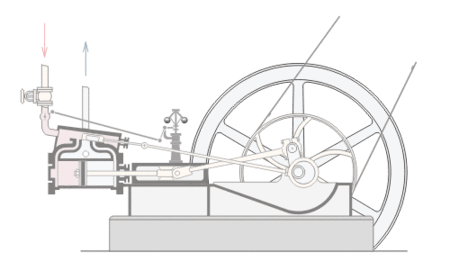
|
